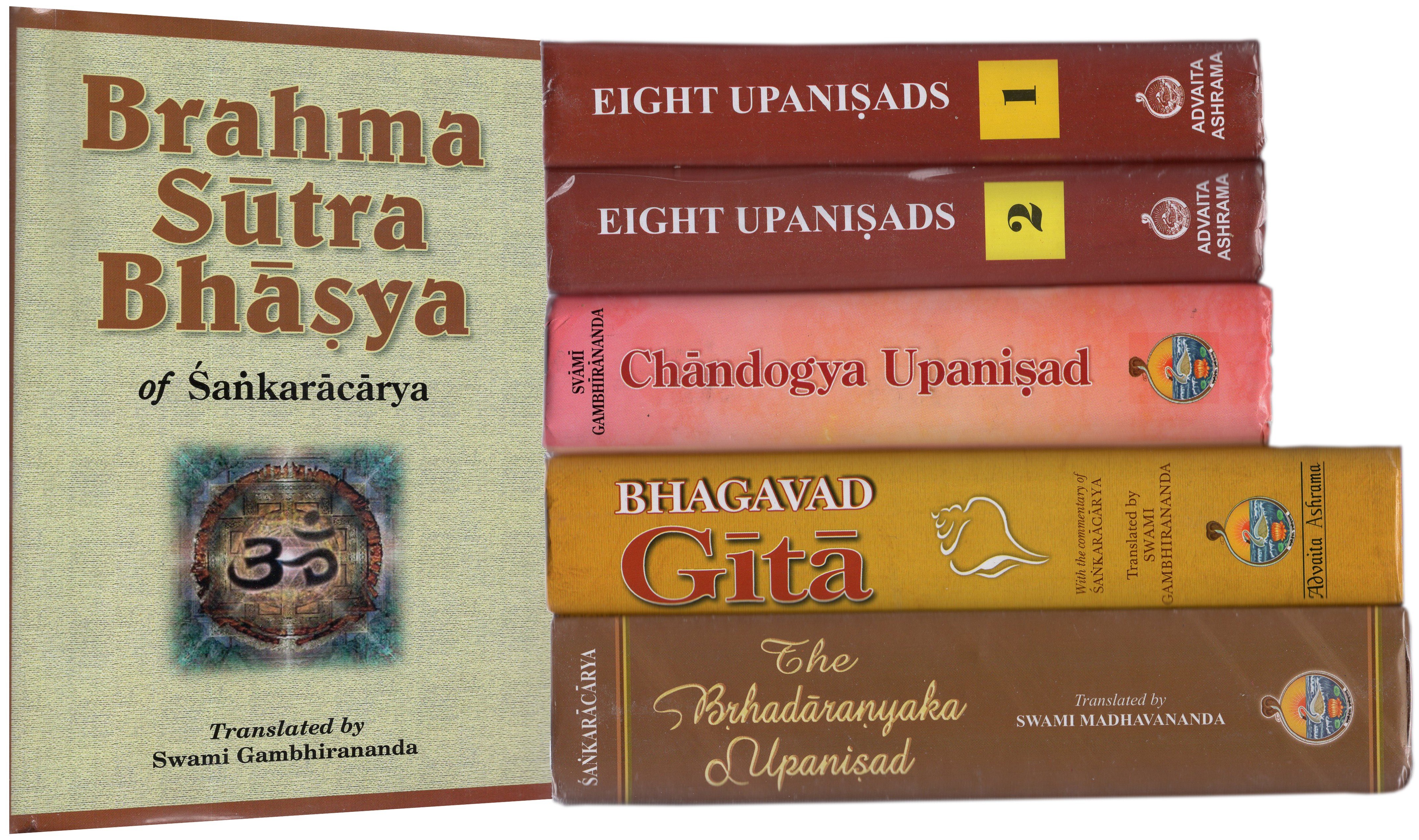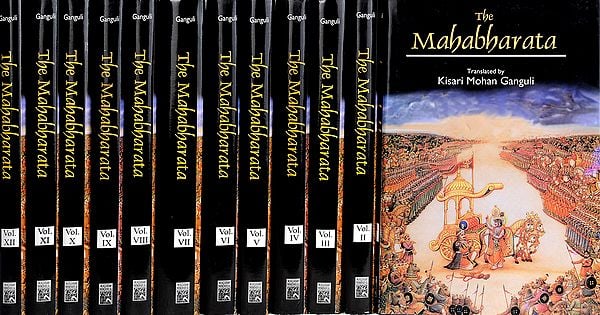Exploring the Foundations of Hinduism through Essential Texts
- Vedas: The Vedas are considered Hinduism's oldest and most authoritative texts. They are a collection of ancient Sanskrit hymns, prayers, rituals, and philosophical concepts. The four major divisions of the Vedas are the Rigveda, Yajurveda, Samaveda, and Atharvaveda. They are a rich source of information about rituals, cosmology, social order, and the nature of reality.
- Upanishads: The Upanishads are philosophical treatises that investigate the essence of the self (Atman) and ultimate reality (Brahman). They are regarded as a part of the Vedas, yet they are a separate body of literature. The Upanishads delve into philosophical issues, meditation, and contemplative practices, offering numerous pathways to spiritual realization.
- Bhagavad Gita: The Bhagavad Gita, often known as the Gita, is a 700-verse epic that is part of the Indian epic Mahabharata. It depicts a discourse between Prince Arjuna and Krishna, the divinity who acts as his charioteer. The Gita tackles Arjuna's moral and philosophical dilemmas on the battlefield, delving into concepts such as duty (dharma), the self, devotion (bhakti), and the essence of God.
- Ramayana: The Ramayana is an ancient epic written by the sage Valmiki. It depicts Prince Rama's struggle to save his wife Sita from the demon king Ravana. The Ramayana delves into issues such as morality, devotion, and the ideals of a perfect ruler. It also introduces the concept of dharma and the significance of ethical norms.
- Mahabharata: The Mahabharata is one of the world's longest epic texts and is attributed to the sage Vyasa. It tells the story of the epic Kurukshetra war between the Pandavas and the Kauravas, as well as numerous of subplots, philosophical discourses, and teachings. The Mahabharata tackles many facets of human life, including moral dilemmas and the nature of reality.
- Puranas: The Puranas are a collection of texts that contain myths, stories, genealogy, and historical events. They include myths about gods, goddesses, and sages, as well as explanations of cosmology, theology, and religious practices. The content and style of the Puranas differ with different Puranas focusing on different deities and regions.
- Smritis: Smritis are texts that establish ethical and social norms. The Manusmriti (Laws of Manu) and Dharmashastra texts are the most well-known smriti texts. They address a wide range of topics, including morality, family law, social responsibilities, and legal systems.
Exploring these fundamental books will help you gain a better grasp of Hinduism's philosophical, theological, and practical aspects. It is crucial to remember, however, that Hinduism is a living tradition, and its interpretation and practices may change amongst sects, regions, and individuals.










Comments
Post a Comment